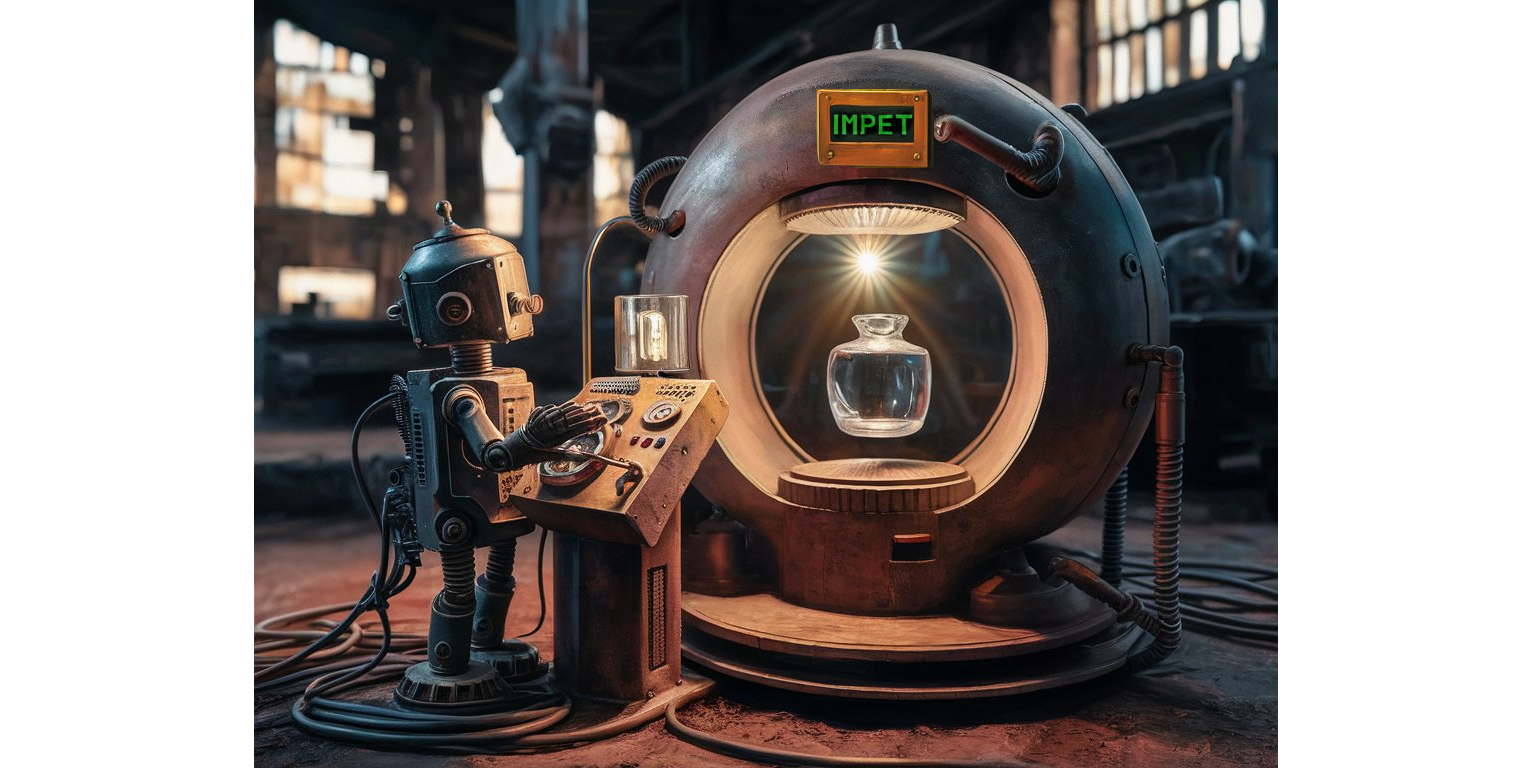
A new computer model for high-energy photon research has been developed at NCBJ
20-10-2025
Scientists from the National Centre for Nuclear Research, the University of Vienna and the Jagiellonian University have developed a new computer model that allows them to study quantum phenomena in the world of high-energy photons – particles of light with energies a million times greater than those we can see with the naked eye.
In quantum physics, photons – particles of light – can behave in ways that defy intuition. One of the most fascinating phenomena is quantum entanglement: two particles can remain connected in such a way that it is impossible to accurately describe their behaviour if we treat them independently, even if they are very far apart. This property occurs only in the quantum world, although scientists have already observed quantum entanglement on a scale visible to the naked eye (Nobel Prize in Physics 2025). In the case of photons, the carrier of this relationship is polarisation, i.e. the classically understood orientation of the vibrations of the electromagnetic field corresponding to light.
Traditional quantum experiments study correlations between photons in the visible light range using optical analysers and polarizers. However, for photons with energies millions of times greater (in the order of megaelectronvolts – MeV), arising, for example, during the annihilation of electrons and positrons, such devices cannot be used. A research team from the National Centre for Nuclear Research (NCBJ), in collaboration with groups from the University of Vienna and the Jagiellonian University, therefore used a different physical effect – known as double Compton scattering – which allows information about the polarisation of photons to be read indirectly.
The new Monte Carlo simulator, based on the Geant4 environment and named the Vienna–Warsaw model, allows for the mapping of any photon pair polarisation states and predicting how they will behave in real detectors. The consistency of the simulation with the data confirms the correctness of the model and its usefulness for future research. - The results confirm that the model accurately reflects the physics of polarised high-energy photons, and that the observed differences in correlation intensity are due to instrumental effects rather than the influence of the environment on quantum entanglement - explains Dr Wojciech Krzemień from the National Centre for Nuclear Research, one of the authors of the paper.
The development of this tool is an important step towards understanding quantum correlations in the high-energy range and may in the future help to test the foundations of quantum mechanics in completely new conditions. It may also find particular use in improving algorithms for industrial and medical imaging, e.g. PET tomography imaging, where distinguishing "true" photon pairs from random events can significantly improve the contrast of medical images. Scientists still face challenges, including increasing the precision of measurements and directly studying the entangled states of high-energy photons.
Work is currently underway using the simulator as part of the First Team "IMPET" project being carried out at NCBJ, funded by the Polish Science Foundation.
The full results of the research are available in the publication:
Mateusz Bała, Wojciech Krzemień, Beatrix C. Hiesmayr, Jakub Baran, Kamil Dulski, Konrad Klimaszewski, Lech Raczyński, Roman Y. Shopa, Wojciech Wiślicki, Probing arbitrary polarized photon pairs undergoing double Compton scatterings by a dedicated MC simulator validated with experimental data, Eur. Phys. J. C 85, 1115 (2025), https://doi.org/10.1140/epjc/s10052-025-14862-y




